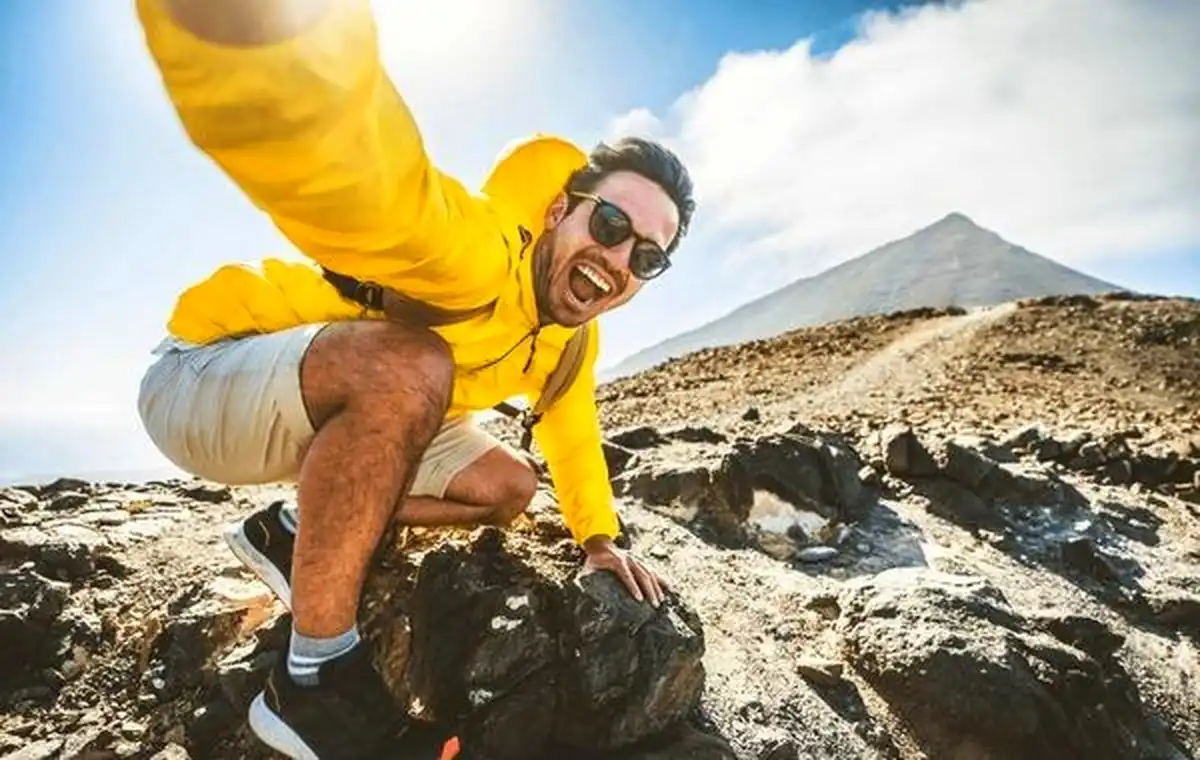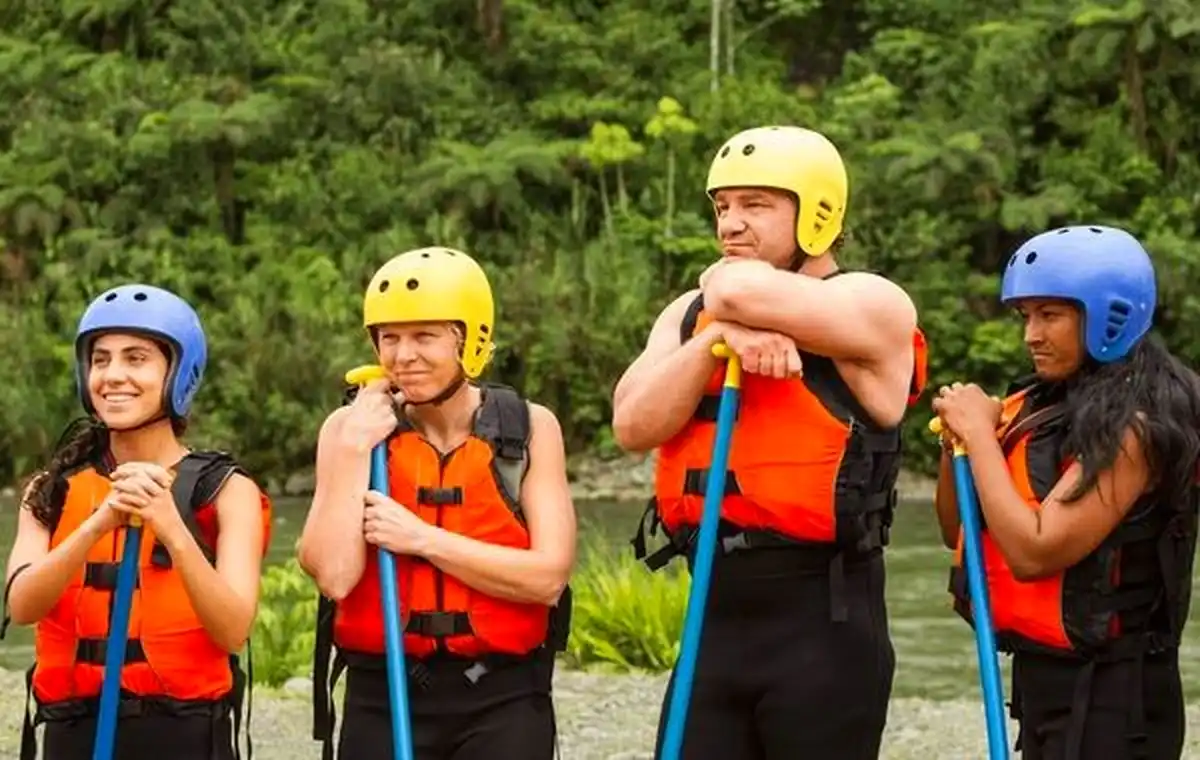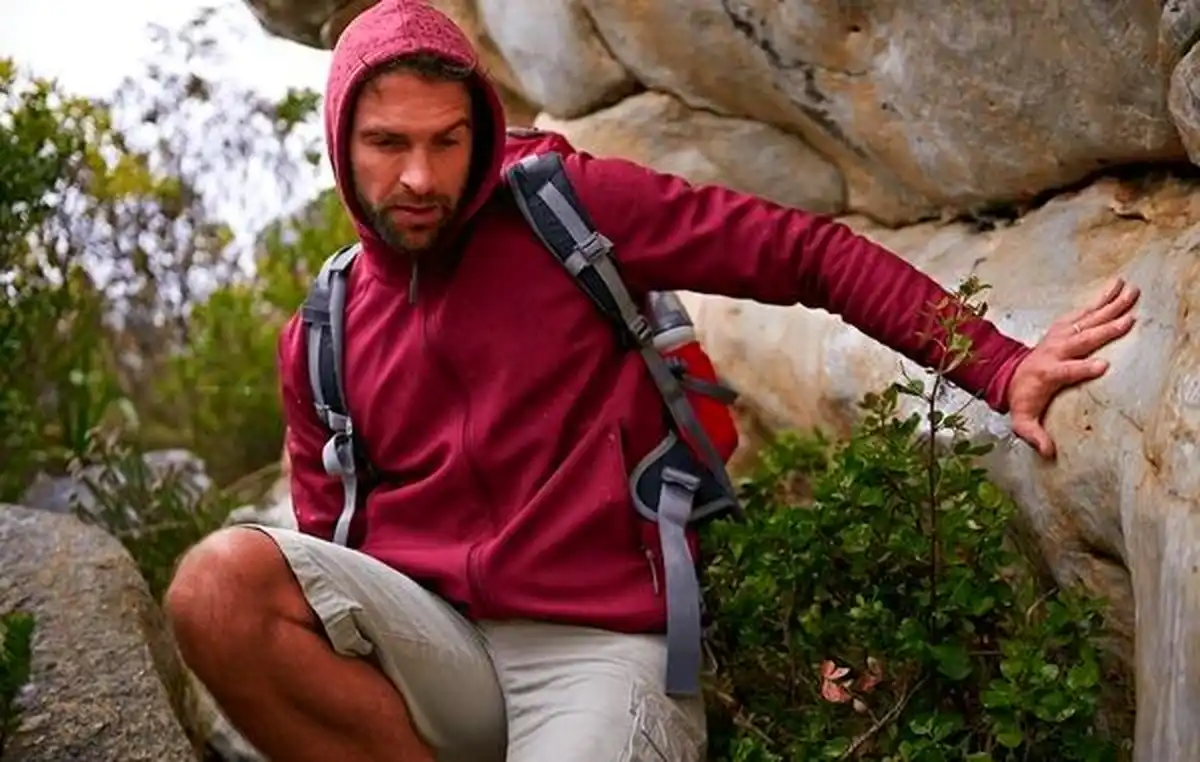
Exploring Hidden Gems: Lesser-Known Sailing Routes for Adventure Travelers
Sophia Romine - Mar 21, 2025 - 13 min read


It is one of the breathtakingly beautiful and at the same time unforgiving extremes. While icy landscapes will leave you in awe, they can also seriously challenge the unprepared adventurer. The most important thing to understand about the Arctic is its unpredictability. Weather conditions can change very suddenly, and temperatures may drop dramatically without warning. Be flexible and willing to adjust when circumstances change.
Prior to visiting the Arctic, research its regions. Learn about typical weather occurrences, wildlife, and features. This can help equip you with what to be ready for when you meet with such conditions. And you should research the importance of the culture and past about the area, which will, in turn, make a great appreciation of the habitat and your whole experience altogether.
Dressing for extreme cold is about layering. You would rather wear multiple layers that can be added and removed than one large, thick piece of clothing. The first layer is the moisture-wicking base layer that prevents sweat from reaching your skin. The next layers are insulating ones that will trap heat, and finally, you end with a waterproof and windproof outer layer that will protect you from the elements. Don't forget thermal underwear, gloves, socks, and a hat to keep extremities warm. Always carry a few extra layers for precaution.
Quality gear can be the difference between an adventure of a lifetime and a miserable journey when venturing into the Arctic. Invest in high-quality gear designed specifically for extreme cold conditions. This means it's a strong and insulated tent, warm and sleeping bag long-term, subzero-temperature-rated, reliable cooking stove, and backpack with high performance that will carry your essentials. Do not scrimp on the gear - spend a little more for your safety and comfort in the harsh Arctic environment.
You must stay very well-hydrated and nourished in the extreme cold in order to preserve your energy level and the body's warmth. Make sure you have sufficient food that will yield plenty of calories. Prepare the food in an easy manner and provides continuous fueling throughout your entire day. Bring portable water filtration systems or tablets. Safety in drinking water must be preserved, but there is only so much done as you enter the far reaches of the Arctic Circle. Remember to add insulated water bottles for the liquids not to freeze up at subzero temperatures.
A navigator would need some proper equipment with which one can reach out across this vast space uninhabitable. Take a high-quality GPS, compasses, and good topographic maps and go through each tool's procedure before getting out on a trip. Bring a satellite phone or emergency beacon in case you need to call for help. And before venturing into the Arctic wilderness, make sure to inform someone of your travel plans and expected return date.
Arctic adventures can be very physically demanding to the endurance and strength levels to withstand extreme cold and rugged terrain. So, train well in advance of your trip by engaging in cardiovascular exercise, strength training, and flexibility exercises to build your overall fitness level. Add outdoor activities like hiking, skiing, and snowshoeing to get the body accustomed to the Arctic's cold and challenging conditions.
Besides physical training, mental hardness is as essential when preparing for the Arctic journey. Psychologically prepare yourself for isolation, discomfort, and uncertainty of the Arctic environment. Prepare yourself with mindfulness, meditation, and stress-reduction practices to be able to better handle the inherent risks and uncertainties of adventure travel. And never forget to be optimistic and adopt the sense of adventure and discovery – after all, the prize of an Arctic expedition is well worth the challenges.
No matter how experienced or prepared you are, safety always comes first in the Arctic. Learn basic wilderness first aid techniques and carry a complete first aid kit with you at all times. Be alert about risk assessments and very conservative when making decisions in an attempt to avoid accidents and injuries. And, most of all, always be cognizant of and respectful of the natural environment and the wildlife and live in a Leave No Trace fashion, attempting to have a minimum impact on the delicate Arctic environment.
The visitor should respect the indigenous customs and traditions by honoring the respective lineages of the region. A visitor should first take time to learn about the cultural heritage of the communities that they will be visiting; then approach the interactions with an open mind and a spirit of humility. End.
Preserve the Arctic in its pristine beauty, free from any form of ecological damage, for its enjoyment by future generations. Leave No Trace by following minimum impact practices that incorporate responsible camping and hiking with you. Pack out trash, do not disturb any wildlife, and stay on trails to protect sensitive fragile ecosystems from being damaged. By treading lightly, leaving only footprints, the Arctic wilderness can be left to flourish for years ahead.
Environmental degradation and climate change are great motivators to be mindful of the footprint toward the Arctic ecosystem. Act ahead in reducing your carbon footprint while minimizing your contribution toward climate change, not just in your home but wherever you go. Advocate for organizations and initiatives working in line with protecting the environment and promoting sustainable practices to keep the Arctic intact and balanced. It would become an environmental steward and an advocate in supporting the protection of the Arctic. You can thereby continue having this incredible space preserved for generations.

Sophia Romine - Mar 21, 2025 - 13 min read

Emily Hazel - Mar 17, 2025 - 8 min read

Brian Garrity - Mar 10, 2025 - 6 min read

Mia Gaitan - Mar 6, 2025 - 9 min read